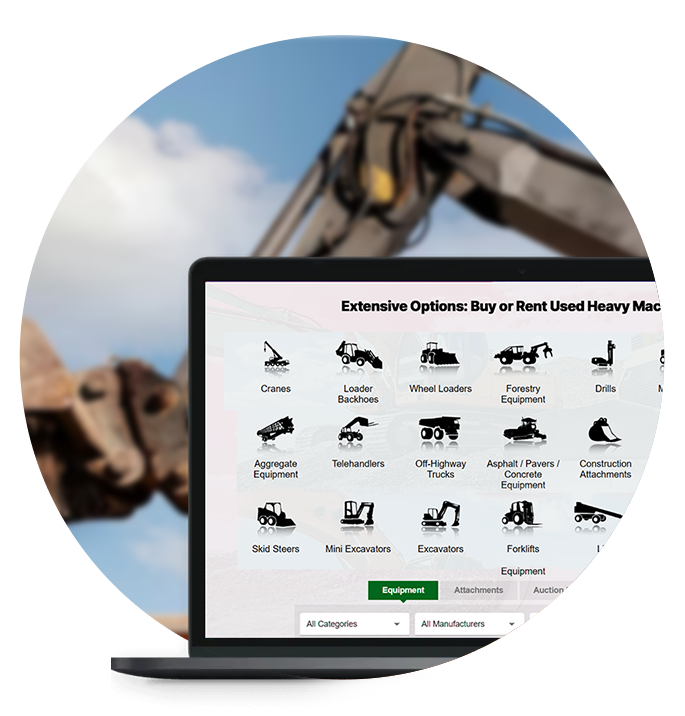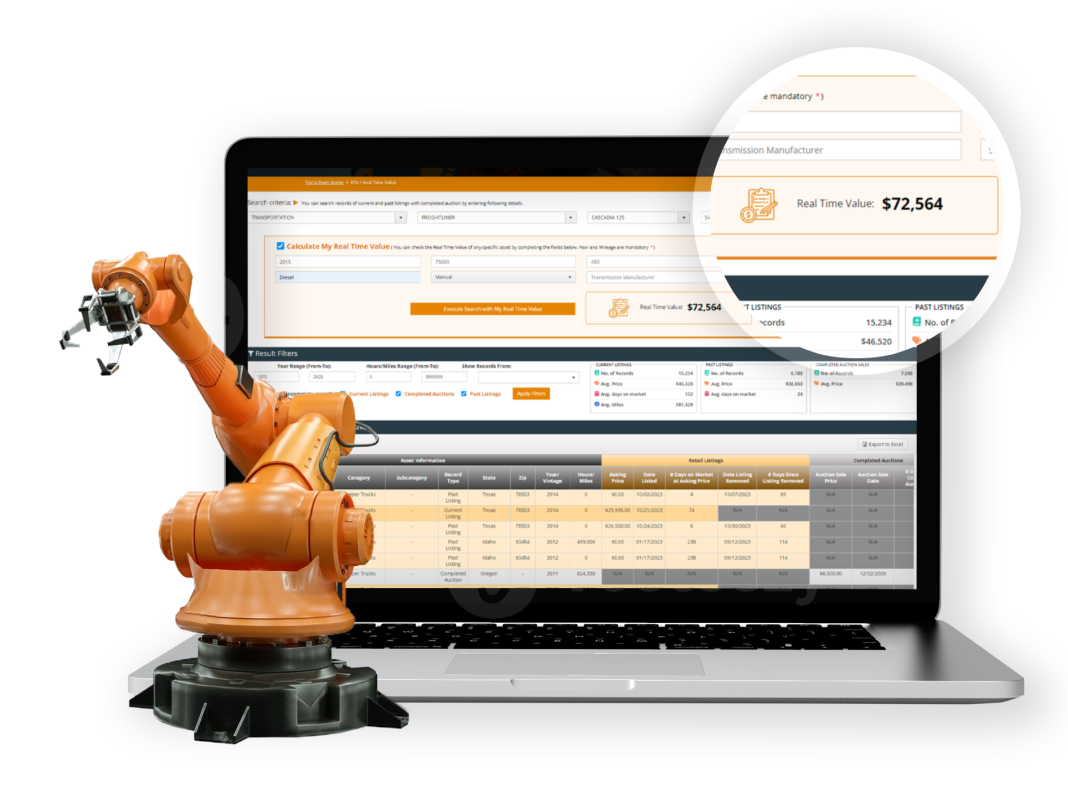
Machinery Price Prediction Tool Development Using Machine Learning
Building a reliable and scalable trade platform with the amalgamation of apt machine learning algorithms
Our Client in the USA is a key player in the trade of industrial equipment and machinery across various industries. Their mission revolves around establishing a platform that ensures transparent and equitable transactions.

The absence of a robust price evaluation model made it challenging to quote appropriate machinery selling prices
Market Transparency: Fluctuating prices due to varied valuation methods posed challenges in determining fair prices, affecting market transparency
Data Collection: The need for real-time, comprehensive data on machinery models and their dynamic pricing across numerous platforms proved arduous
Valuation Disparity: Diverse valuation techniques across industries led to fluctuating prices, hindering fair market value determination and consistency
Data Complexity: Gathering real-time, comprehensive data on machinery models, and their varying price dynamics from multiple platforms presented complexities due to inconsistent formats and sources
Our team utilized the power of regression algorithms to build a customized platform based on machine learning
By employing advanced web scraping techniques, Our Client’s Industrial Solutions amassed a substantial dataset. This dataset encompassed detailed information regarding machinery models, historical pricing trends, and specifications sourced from diverse online platforms. In addition, our team analyzes data from competitors and various leading marketplaces daily. This way, we developed a reliable reference model for building an apt ML setup.
Our team suggested algorithms like linear regression, decision tree regressor, and gradient boosting regressor to the client. In addition, we also explored techniques like random forest regressor to plan effective data evaluation. After thorough analysis, we decided to combine multiple techniques to develop customized predictive models.
Leveraging the Python programming language and state-of-the-art machine learning algorithms, the company developed robust predictive models. These models efficiently analyze historical pricing trends and product specifics to predict precise prices for individual machinery and trucks. Notably, there was no need to supervise machine learning algorithms on a manual basis.
The fool-proof solution included steps like collecting data, analysis and preparing the data, choosing a model, training the model, evaluating the model, hyper parameter tuning and making predictions.
Tell us more about Your Project
One of our Business Consultants will get back to you in a few hours
Please share the details & we will get back to you within 1 business day